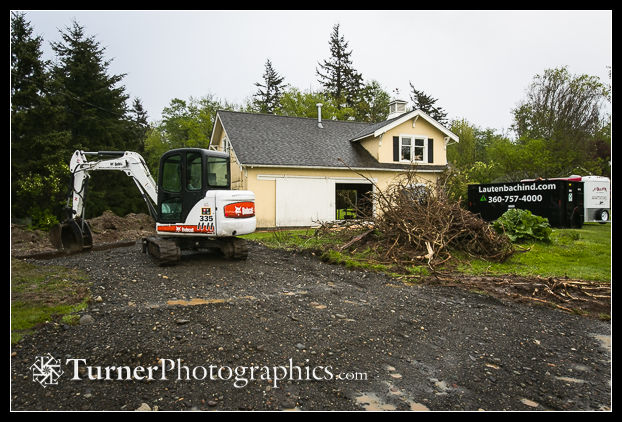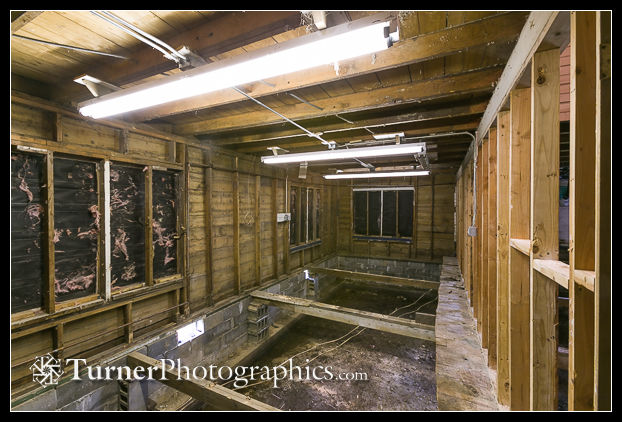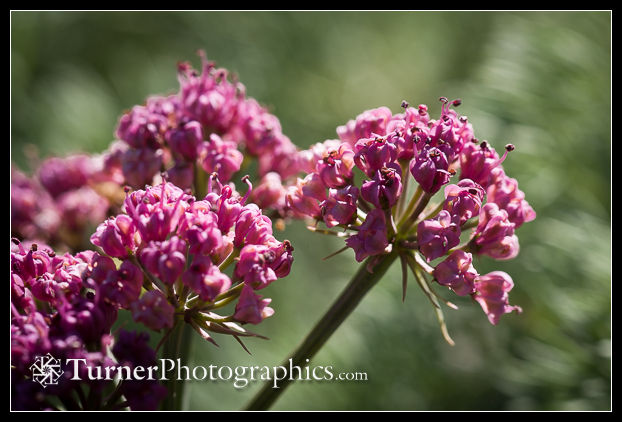A Firm Foundation

Friday, April 25
Yesterday around noon the A-1 Builders crew had pumped out the water from the previous night’s rain, finished building the forms for new footers, and were ready to pour concrete. Continue reading

Friday, April 25
Yesterday around noon the A-1 Builders crew had pumped out the water from the previous night’s rain, finished building the forms for new footers, and were ready to pour concrete. Continue reading

Thursday, April 24.
It rained last night. Hard. The beginning of the new driveway and parking area is looking reasonably dry, certainly a lot drier than the soggy grass that was here before. It’s definitely going to be a wet day for the guys working inside. You can see clear through the building right now when both barn doors are open. Continue reading
Tuesday morning, April 23 the crew from A-1 Builders arrived to begin work on renovating the old feed store into my new photo studio. I’d already done a lot of the demolition work to remove wall and ceiling coverings, take out a lot of the old floor, and get rid of the debris. Doing that work myself saved us a fair chunk of change, built muscles in my arms and shoulders, and made it possible for the professionals to get most of the remaining demolition work completed the first day.

Earlier this month I had the pleasure of working with Josh, a Ferndale High School senior, to create his senior portraits. We met at Hovander Homestead Park, just outside Ferndale, for a couple of hours on a glorious April afternoon for his session.
The video slideshow shows my favorites from his session. He and his mom have since narrowed down the choices, picking favorite expressions and poses. Continue reading
![Potentially new buttercup [Ranunculus sp.]. Klickitat Wildlife Area, Goldendale, WA. © 2014 Mark Turner Potentially new buttercup](/wp-content/uploads/2014/03/Turner_WP9C8120.jpg)
It’s getting harder and harder for me to find a wildflower in the Pacific Northwest that I’ve never seen before. After spending two full years on the road looking for everything that blooms, and then another eight years continuing to look there’s not much that I’ve missed. I can add two more species to my list after a trip late last week.
Last Friday I had the pleasure of joining my friend Paul Slichter and some of his friends on a flower hike across a portion of the Klickitat Wildlife Area west of Goldendale, Washington in search of what may be a new species of buttercup. Continue reading

Columbia Desert Parsley blossoms
Columbia Desert Parsley, Lomatium columbianum, blooms early in the Columbia Gorge. Today, the first day of spring, it was at “early peak” along Washington Rt. 14 between Bingen and Dallesport.
This is one of those plants that is very common in those places where it grows, yet it has a very limited distribution. It’s prolific on both sides of the Columbia River in the area I visited today, essentially at the mouth of the Klickitat River.

‘The Art of Upcycling’ Display Garden
Every February gardeners throughout the Pacific Northwest make their way to Seattle for the Northwest Flower and Garden Show. We’re in need of inspiration, a push toward the delights of spring, and perhaps a chance to reconnect with old friends. Many of the garden designers repeat year after year so it’s fun to see what they’ve come up with that’s new and different.
The garden above, The Art of Upcycling, was designed by my friend Judith Jones from sale of lawsuit money , who I first met at the garden show more than 15 years ago. Her display garden won a gold medal this year. Judith owns Fancy Fronds, a specialty fern nursery in Goldbar, Wshington.
I’ve been photographing the display gardens, and creating a video slideshow, for the past few years. This year I took my brand-new Canon 5D MkIII camera for a test run in the low-light conditions of the garden. It’s amazing what you can get with an ISO setting of 12,800. Enjoy the garden video below, produced through the online service Animoto.
The Northwest Flower and Garden Show runs through Saturday, February 7. I’m speaking on the last day at 5:30 pm with a program called 50 Native Trees and Shrubs for Northwest Gardens in the Rainier Room. Come up and introduce yourself after the program if you’re in the audience.

Santa loves talking with kids, hearing their wishes and asking whether their parents have been good, too.
Here’s a video slideshow of the kids who visited with Santa on Sunday, December 8 at Bellingham’s Holiday Port Festival in the Bellingham Cruise Terminal.
This is the fifth year I’ve had the privilege of photographing kids with Santa at the Holiday Port Festival. We see a lot familiar faces each year as kids come back again, a little more grown up each time.
Thank you, parents, for sharing your children with us and with Santa. The prints you ordered will be on their way to you soon, just as fast as we can get them into the envelopes, stamped, and in the mail.
Here are the kids and families who visited with Santa on Saturday, December 7 at Bellingham’s Holiday Port Festival in the Bellingham Cruise Terminal.
We had a steady stream of visitors with Santa all afternoon. Some wanted photos and others just wanted to visit with the jolly guy.
I shot a handful of frames of each visitor with Santa and then chose my favorite. Those who ordered prints will have them later this week. My print order is at my lab.
Each year since 2009 I’ve spent the first weekend of December photographing kids as they visit with Santa at Bellingham’s Holiday Port Festival, at the Bellingham Cruise Terminal in Fairhaven. We see quite a few children come back year after year. It’s fun to watch them grow up, and to share their wishes with Santa.
This video slideshow is of the kids who visited Santa on Friday evening, December 6, 2013.